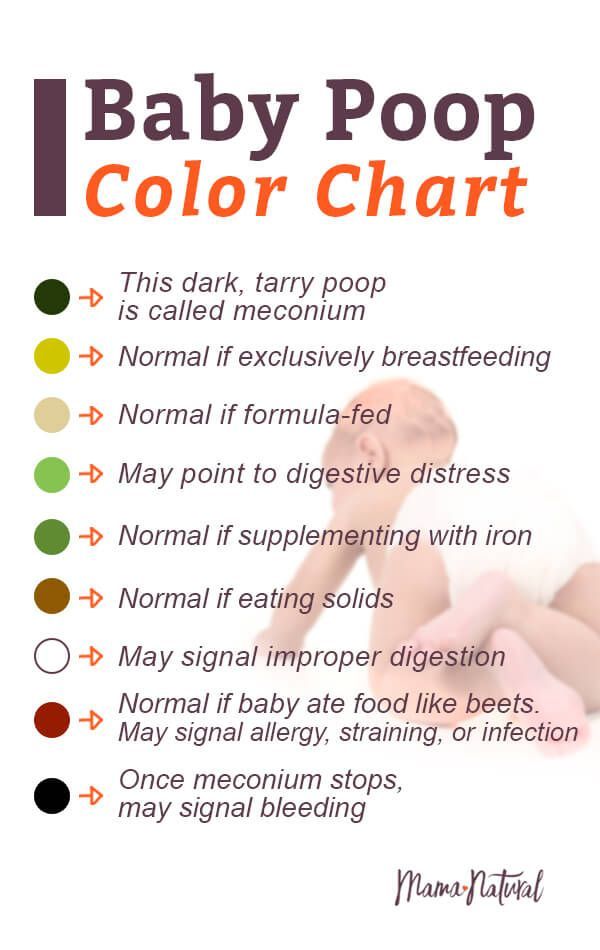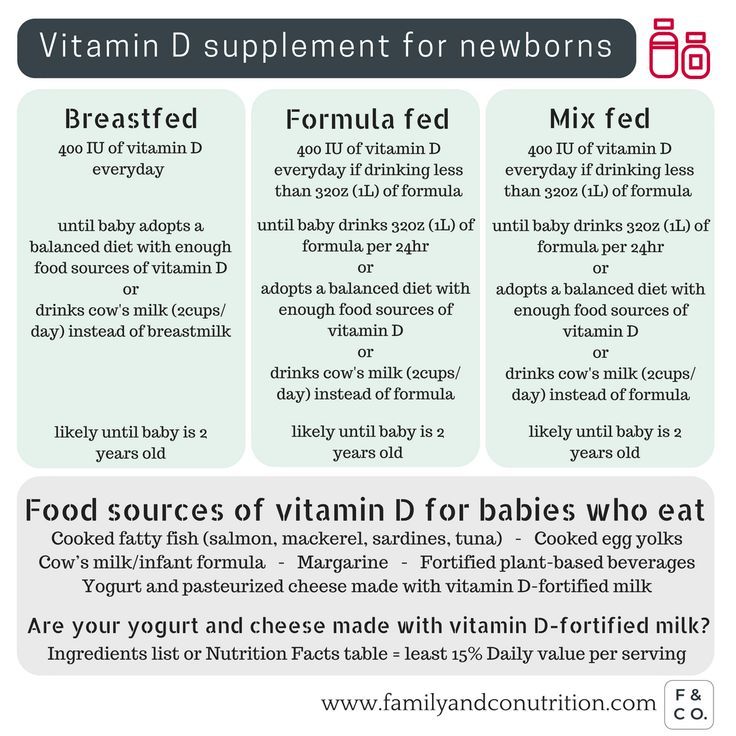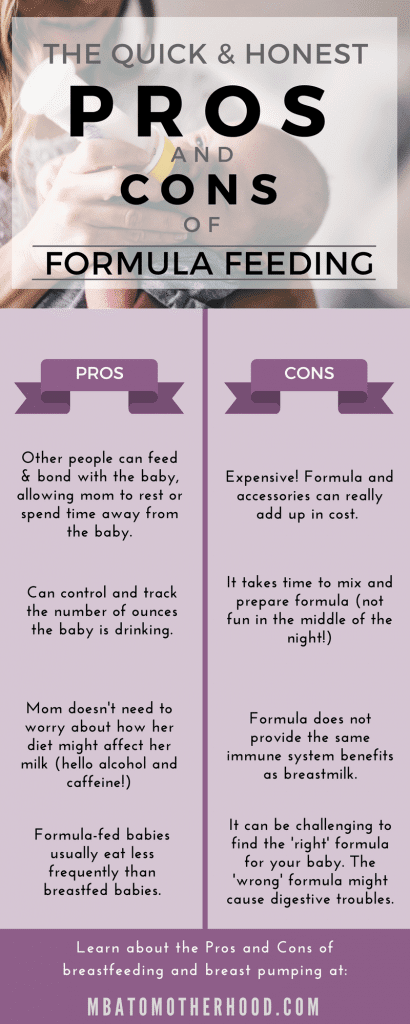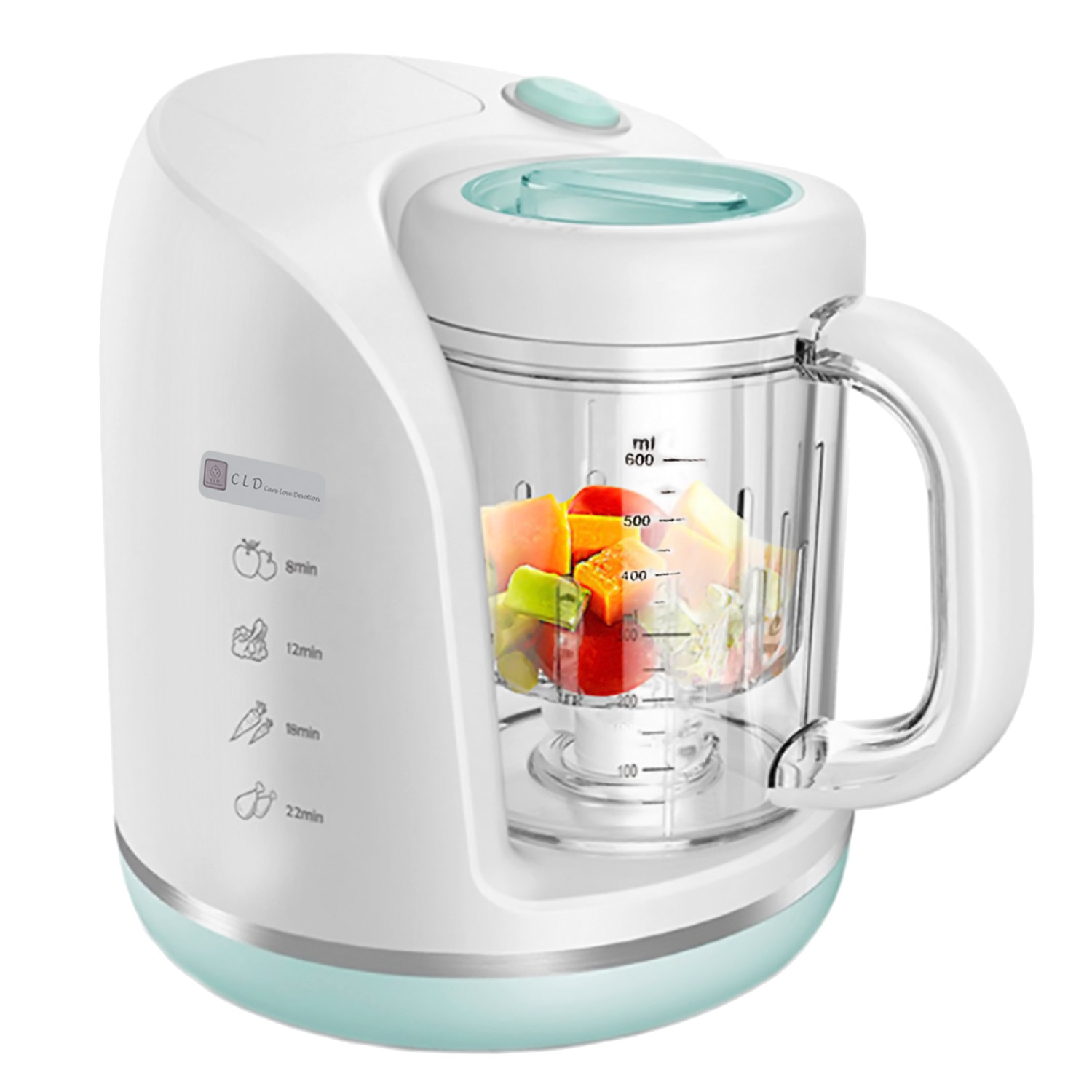When do you stop formula feeding babies
When Do Babies Stop Drinking Formula?
When you think about cow’s milk and baby formula, it may seem like the two have a lot in common. And it’s true: They’re both (typically) dairy-based, fortified, nutrient-dense beverages.
So there’s no one magical day when your baby will wake up ready to make the leap from formula to straight cow’s milk — and, for most kids, there probably won’t be an a-ha moment when they cast the bottle aside in favor of a cup. Still, there are some basic guidelines for when to transition to whole milk.
In general, experts recommend weaning your baby off of formula and onto full fat dairy milk at around 12 months of age. However, like most baby-raising standards, this one isn’t necessarily set in stone and can come with certain exceptions.
Here’s a look at when and how to get your little one moo-vin’ on up (yep, we went there) to milk.
The American Academy of Pediatrics (AAP) and American Academy of Family Physicians recommend that, in the year between 12 and 24 months old, babies should receive 16 to 24 ounces per day of whole milk. Prior to this time, you’ve probably been discouraged from giving your little one dairy milk — and for good reason.
Until about 1 year of age, infants’ kidneys simply aren’t strong enough to tackle the load cow’s milk throws at them. “Cow’s milk contains high amounts of protein and minerals, such as sodium, which are difficult for an immature baby’s kidneys to handle,” says Yaffi Lvova, RDN, of Baby Bloom Nutrition.
However — even though there’s no flip of a switch from “unready” to “ready” inside your baby’s body — around 12 months of age, their system becomes well-developed enough to digest regular milk. “By this point, the kidneys have matured enough to be able to process cow’s milk effectively and healthily,” says Lvova.
Besides, once your baby reaches 12 months, beverages can take on a different role in their diet. Whereas once your child depended on liquid formula or breast milk to meet their nutritional needs, they can now rely on solid foods to do this job. Beverages become supplemental, just like they are for adults.
There may, of course, be special circumstances where your baby isn’t quite ready to start cow’s milk at age 1. Your pediatrician might instruct you to hold off temporarily if your baby has kidney conditions, iron-deficiency anemia, or developmental delays.
You may also be advised to give your baby 2 percent milk (rather than whole) if you have a family history of obesity, heart disease, or high blood pressure. But don’t do this without a doctor’s guidance — most babies should absolutely be drinking full fat milk.
Also, if you’re breastfeeding, introducing cow’s milk doesn’t mean you have to stop nursing.
“If a mother is interested in continuing the breastfeeding relationship, or in feeding the 12-month-old pumped breast milk instead of switching to cow’s milk, that is also an option,” says Lvova. Just consider this another healthy, supplemental beverage for your growing kiddo.
And now the million-dollar question: How exactly do you make the transition from one creamy drink to the other?
Thankfully, you don’t have to stealthily remove baby’s favorite bottle the minute they blow out the candle on their first birthday cake. Instead, you may prefer to switch from formula to milk somewhat gradually — especially since some babies’ digestive tracts take a little time to get used to a steady intake of cow’s milk.
Instead, you may prefer to switch from formula to milk somewhat gradually — especially since some babies’ digestive tracts take a little time to get used to a steady intake of cow’s milk.
“In cases where a child experiences tummy upset or constipation, mixing breast milk or formula with cow’s milk may smooth the transition,” says Lvova. “I recommend starting with 3/4 bottle or cup breastmilk or formula and 1/4 bottle or cup cow’s milk for a few days, then increasing to 50 percent milk for a few days, 75 percent milk for a few days, and finally giving the baby 100 percent cow’s milk.”
According to the AAP, babies from 12 to 24 months should receive 16 to 24 ounces of whole milk every day. It’s possible to break this up into numerous cups or bottles throughout the day — but it may be easier and more convenient to simply offer two or three 8-ounce servings at mealtimes.
Despite their apparent similarities, formula and cow’s milk do have notable nutritional differences. Dairy milk contains more protein and certain minerals than formula. On the other hand, formula is fortified with iron and vitamin C in the appropriate amounts for infants.
On the other hand, formula is fortified with iron and vitamin C in the appropriate amounts for infants.
However, now that your baby is eating solid food, their diet can fill in any nutrition gaps left by transitioning off formula.
At this point, both formula and milk are just a part of baby’s overall healthy eating, which can now include fruits, vegetables, whole grains, meats, legumes, and additional dairy products besides milk.
If you know your baby has a milk allergy, you may be wondering about your options when it’s time to say goodbye to formula. Traditionally, soy milk has been an acceptable substitute for dairy milk at this age because of its comparable protein content.
These days, though, a host of alternative milks on grocery shelves can crowd the decision of which one to give your baby — and they’re not all created equal.
Many alternative milks — like rice milk and oat milk — contain added sugars and nowhere near the protein content of dairy or soy. They also don’t often get fortified with the same extra nutrients that get put into cow’s milk. And many are far lower-calorie than soy or dairy — possibly a boon for adults, but not necessarily what a growing baby needs.
They also don’t often get fortified with the same extra nutrients that get put into cow’s milk. And many are far lower-calorie than soy or dairy — possibly a boon for adults, but not necessarily what a growing baby needs.
If cow’s milk isn’t an option for your baby, an unsweetened soy milk is a solid choice, but talk to your pediatrician about the best alternative.
Now that your kiddo has more autonomy — and some new words in their vocabulary — it’s likely that, before long, they’ll be asking for other drinks besides milk.
So can you occasionally give in to the requests for juice or a sip of your soda? Best not to.
“Juice can be used medicinally to treat constipation, often a concern during this time as the child adapts to cow’s milk,” says Lvova. Other than that, skip the sweet drinks. “Juice for pleasure or hydration isn’t encouraged because of its sugar content in the absence of other nutrition.”
The AAP concurs, saying, “the best choice beverages are really simple: plain water and milk. ”
”
Just like how — in your humble opinion — nobody has cuter dimples or a more irresistible smile than your little one, no baby is quite like yours in terms of development, either.
It’s possible that there may be reasons to delay switching your baby to whole milk — but most babies will be ready to transition at 12 months.
Ease into the transition with a mix of formula and milk over a couple of weeks, and talk to your pediatrician if you have questions or concerns.
When Do Babies Stop Drinking Formula?
When do babies stop drinking formula? This is a question every parent of a formula-fed baby asks themselves, as there will come a time when your little one is ready to make the big switch to milk. Would you like to know how long babies drink formula and how to transition from formula to milk? We’ve got you covered with all the answers to these common questions and more!
How Long Do Babies Drink Formula?
So, at what age do babies stop drinking formula? The general rule of thumb is to start transitioning from formula to cow’s milk at 1 year, but not anytime sooner. During the first year of life, babies experience rapid growth and development and require nutrient-rich breast milk or formula to supply what’s necessary and essential to support their development. Though nutritious, cow’s milk can’t be digested by babies younger than 1.
During the first year of life, babies experience rapid growth and development and require nutrient-rich breast milk or formula to supply what’s necessary and essential to support their development. Though nutritious, cow’s milk can’t be digested by babies younger than 1.
How to Transition From Formula to Milk
Switching from formula to milk is fairly straightforward—you simply swap the two! This is because formula and milk are nutritionally similar. Of all the formulas sold in the United States, 8 out of 10 are cow’s milk-based formulas. Manufacturers make formula digestible and adequately nutritious for newborns by treating and fortifying it. And since babies can start drinking milk only when their digestive systems are ready, formula will get them through that first year. By the time your little one is 12 months, they’ll be ready to enjoy nutritious cow’s milk!
To learn more about how your little one will develop through the years, check out our baby growth calculator below!
Introducing Solids: 6 Months
Prior to the transition from formula to milk, you’ll expand your baby’s menu by incorporating a few solid foods into their diet, usually when your little one is about 6 months old. This will help your child (and their digestive system) get used to trying new flavors.
Here’s what to do at 6 to 12 months, before you begin switching from formula to milk:
This will help your child (and their digestive system) get used to trying new flavors.
Here’s what to do at 6 to 12 months, before you begin switching from formula to milk:
Introduce solid foods. At about 6 months, you can start introducing baby-friendly solid foods to your little one. The nutrients in these soft, small foods will balance nicely with those found in formula.
Pair solids with formula. From 8 to 12 months, babies need just 22 to 32 ounces of formula each day. The rest of your little one’s diet will consist of solid foods.
As your baby gets used to this new smorgasbord of foods, you can simply swap the formula for milk. It doesn’t have to be a gradual process unless that better fits your little one’s needs.
Making the Transition: 12 Months
At 12 months, your baby is ready to make the full switch to milk. However, as your little one starts drinking milk, you may notice a few changes in feeding behavior. Here are a couple of things to keep in mind:
Here are a couple of things to keep in mind:
A reduced appetite is normal. As your baby develops, their rate of growth starts to slow down, and you may notice a reduced appetite. This is totally normal, and at 1 year, your little one really only needs about 1,000 calories a day to support their development.
It’s OK to be picky about food. Maybe your toddler won’t want to eat all the food on their plate, and that’s OK! What’s more important is consuming nutrient-dense milk and letting your baby lead the way by experimenting with other flavors in solid foods.
Adding one-half to one cup of whole or 2 percent milk to each meal or snack will do the trick. In total, aim for about three cups of milk each day.
And it’s really that simple! Your baby may even prefer the taste of cow’s milk to formula. The challenge in getting your toddler to eat is less about how to transition from formula to milk and more about your little one becoming accustomed to and enjoying a varied diet of solid foods.
 Read more about your baby’s first solid food and how to introduce solids into your little one’s feeding schedule.
Read more about your baby’s first solid food and how to introduce solids into your little one’s feeding schedule.
Alternatives to Cow’s Milk
There are a few reasons you might choose an alternative to cow’s milk as you start transitioning from formula to milk. Some babies may have lactose intolerance or a milk allergy. Perhaps your little one simply doesn’t like the taste, or maybe your family prefers to avoid animal products. A fortified, unsweetened soy milk is often recommended as a substitute for cow’s milk. There are other plant-based options that may or may not contain the right amount of protein and vitamins to support healthy growth. If you’d like to use an alternative to cow’s milk, consult your healthcare provider to make sure your baby is getting the nutrients they need.
How to Start Weaning Your Baby Off Formula
Luckily, the process of transitioning from formula to milk is fairly simple. However, there are a few tips to make the switch as smooth as possible as you wean your baby off formula.
Weaning typically refers to the gradual transitioning from breast feeding to bottle feeding; in this case, it can also refer to preparing your baby to switch from formula to milk.
Although you can simply swap formula for milk, here are a few things you can do to get ready for the big change!
However, there are a few tips to make the switch as smooth as possible as you wean your baby off formula.
Weaning typically refers to the gradual transitioning from breast feeding to bottle feeding; in this case, it can also refer to preparing your baby to switch from formula to milk.
Although you can simply swap formula for milk, here are a few things you can do to get ready for the big change!
Diversify flavors. The first step is to use solid foods to diversify flavors and get your baby used to eating new foods. As mentioned above, this can typically start at about 6 months.
Practice hand coordination. As your baby starts to eat solids, let them use a spoon independently. This will help your little one build coordination and fine motor skills for eating on their own and using a cup when drinking milk.
Transition to a cup. Many parents wonder when a baby should stop using a bottle. You can introduce a cup once your baby has the necessary coordination and hand skills, which could be as early as 6 months.
 After practicing eating with fingers and a spoon, your baby may be ready to completely self-feed and drink from a cup at around 1 year.
After practicing eating with fingers and a spoon, your baby may be ready to completely self-feed and drink from a cup at around 1 year.
Start gradually by letting your baby hold a cup and get a feel for it. Then put a little formula in it and show them how to tip it back and sip. Use a baby-friendly sippy cup to help avoid spills and dribbles!
Once your baby has the hang of it, change one bottle feeding to a cup each day and work your way up. Eventually, you can swap every bottle for a cup.
Every child is different, and your baby may not want to drink from a cup right away. Be patient, as your little one may need 6 months or more to make the full transition.
Transitioning Gradually From Formula to Milk
Some babies need a little more time to make the switch from formula to milk, and that’s OK! Simply introduce milk little by little. Be patient and know that your toddler is on the right path.
In the end, what’s most important is offering your little one food with a variety of nutrients, flavors, and textures throughout the week. No need to worry if you have a picky eater on your hands. Within an entire week—believe it or not—it usually works out, and even the pickiest eaters will most likely get the nutrients they need!
No need to worry if you have a picky eater on your hands. Within an entire week—believe it or not—it usually works out, and even the pickiest eaters will most likely get the nutrients they need!
When Do Toddlers Stop Drinking Milk?
Once you’ve made the switch, and your little one is drinking milk every day, the next question on your mind could be: when do toddlers stop drinking milk? This common question has a complex answer. Milk is an important source of fats, protein, calcium, and vitamins A and D, and children of any age as well as adults can continue to drink it for the rest of their lives if they wish. However, lactose intolerance can appear later in life, typically in older children and adults. So, just watch for signs of digestive discomfort and talk to your healthcare provider if you suspect an intolerance or allergy to milk. During the stage when your child is drinking milk, it’s helpful to know how much of it a toddler typically needs:
12-24 Months: Three cups per day.

24+ Months: Two cups per day.
At 24 months, your child is getting important nutrients from other sources, like solids. So, you can lower the amount of milk they consume.
The Bottom Line
So, when do babies stop drinking formula? The answer is surprisingly simple! At about 12 months, your baby’s digestive system is ready to start processing nutrient-rich cow’s milk. And transitioning from formula to milk is even easier—just swap it!
Before you make the transition, you can introduce new flavors via solid foods to your little one at around 6 months. And once your baby develops coordination and hand skills, start the gradual move to a sippy cup. This will all help ease the process of switching from formula to milk.
Read more about baby development milestones as your little one grows from a bottle-loving newborn to a self-feeding toddler!
Feeding a baby - a modern view of a breastfeeding consultant
02/06/2022
Feeding a child - a modern view of a breastfeeding consultant
Formula Feeding
If, for some reason, the mother is unable to breastfeed, switching to formula is the best option for her and her baby.
The mixture is prescribed by a pediatrician after consultation and the mother's indication of her desire to switch to artificial feeding.
The choice of formula depends on what stage of development the baby is at, whether it is introduced from birth or later, to solve what problems.
Whatever mixture you choose, only the child will tell you whether it suits him or not - if he does not have allergies, he gains weight and gorges, then the formula has come up.
Important things to know about infant formula:
- Follow the instructions on the package exactly when preparing formula.
- The type of milk on which the formula is based does not matter much.
- Cans are usually labeled with 20-30% more serving size than required by the child.
- Formula should be given along with probiotics.
- On IV it is important to monitor the weight of the child, the quality and quantity of urine, and depending on this, to look at whether to add the amount of formula or not.

- On IV, one feeding can be divided into 2 times, as it takes longer to digest. For example, you can give a second portion of the mixture 20 minutes after the first feeding.
- The power supply mode of the IV can be adapted.
How to Separate Feeding and Sleeping
For children on IV it is important to follow a feeding schedule so as not to overload the digestive system.
Decide how many feedings your baby needs. With the remaining feedings, you can reduce the amount of formula in the bottle by 20-30 grams every night until you get to 30-50 grams, at which you will simply stop offering food if the baby is still waking up.
Babies never need to be supplemented until 6 months of age. Only in exceptional cases. Breast milk is 80% water, which is enough for the baby. Sometimes doctors prescribe supplementation due to rare stools. But this appointment is not more than 100 ml. per day after 6 months.
Water is heavy enough for a child's body. And he doesn't need it just like that. Water removes salts and washes away useful substances.
And he doesn't need it just like that. Water removes salts and washes away useful substances.
Children have a small stomach. And if we give the mixture and water, there may be a malfunction in the digestive tract.
Night supplements - compotes, kefirs, water - are also superfluous. After 6 months, supplementation can only be introduced with complementary foods and in limited quantities.
Should the formula be diluted with water at night if more feeding is needed?
It doesn't work. We're just overfeeding the baby. Also, he does not learn to sleep on his own, sucking remains. It is better to work on the skill of falling asleep on your own.
Breastfeeding
95% of women are able to feed and have no shortage of milk.
To make breastfeeding successful, it is important to organize the process itself correctly:
- Latch the baby on time
- Give the breast correctly
- Observe the frequency and duration of feedings
No need to feed strictly every 3 hours. In the first months, there will be more attachments and at the request of the baby. If necessary, you can breastfeed your baby more often, even when he is sleepy or asleep.
In the first months, there will be more attachments and at the request of the baby. If necessary, you can breastfeed your baby more often, even when he is sleepy or asleep.
The duration of feeding is controlled by the baby. Frequent nightly applications in the first months are necessary to establish lactation.
GV - suffering and limitations ?
No. Mom should not be in pain while breastfeeding.
Does a mother need a diet for breastfeeding?
No, it is important to just eat varied and complete, as the development of a child on breastfeeding depends on the mother's diet. But you don't have to eat for two.
If allergic, avoid foods that cause it:
- Citrus,
- Nuts,
- Sauces,
- Chocolate
Try these foods a little and see how your child reacts to them for 2 days.
What to exclude:
- Deficient diets up to 3 months
- Unpasteurized milk
- Exotic fruits
- Alcohol
- Mushrooms and eggs eat with care
Until what age to breastfeed?
WHO* recommends exclusive breastfeeding up to 6 months and kept for up to 2 years. It's physiological.
It's physiological.
There is no need to remove breastfeeding milk per year - even after 12 months, mother's milk can cover one third of the baby's nutritional needs. But at this age, you can not give a breast for any reason, close the mouth of a child with a breast.
Setting boundaries while breastfeeding
Breastfeeding is the first way to teach your baby boundaries and behaviour. The breast belongs to the mother. How exactly to treat her, she decides, not the child. Usually mothers are against biting, nipple twisting, feeding in an uncomfortable position, but they can allow it over and over again. What to do?
There are several rules:
- Do not let it hurt or hurt;
- Prohibitions are categorical, but calm;
- On the example of bites: first we take out the breast, move the baby away and say: “Mom hurts” or “you can’t bite.”
- It is important to be calm and persuasive. Never smile. The following is an alternative.
 The baby will definitely understand you: “we eat affectionately” and re-offer the breast.
The baby will definitely understand you: “we eat affectionately” and re-offer the breast. - If the baby continues to bite, the mother repeats step 3 and moves the baby away from the breast for about 5 minutes.
- When you try again, the distance time increases. Mom is still there and calm. Usually the case is resolved in a day, but with a formed habit, it may take more time.
How many feedings does a child need at night
Like this article? Rate:
Votes: 27
how to choose the right one for your baby
Number of views: 5347
Will infant formula be needed at the maternity hospital, what is better to choose, when and how to give - all these questions are periodically asked by young and future mothers. And these are important topics, because they relate to nutrition, and hence the development of the baby.
How to feed your baby
The best thing a woman can do is breastfeed her baby . Exclusively breast milk in the first 4-6 months of a child's life is the best and healthiest food.
Exclusively breast milk in the first 4-6 months of a child's life is the best and healthiest food.
Much has been said and written about the benefits of breastfeeding. But the expectant mother can be overwhelmed by anxious thoughts: what if I don’t succeed, so my mother says that her milk didn’t come, and what if the baby remains hungry? Play it safe - buy a small jar of the mixture in reserve (Plan B). You won’t need it - it’s not scary, but you will stop being nervous. Agree, the cost of the mixture is a small price to pay for peace of mind.
When you need formula
And a few more words about the main and spare plans. Our culture still has a cult of maternal sacrifice. Motto: provide the child with the best at any cost! How a woman feels at the same time, few people care. The paradox is that an exhausted and angry mother gives warmth and love to the baby much less than a rested and contented one, even if not an excellent student. This principle also applies to feeding. It's great if mom is breastfeeding, but if it doesn't work, if multiple attempts are painful and frustrating, consider switching to formula! When it's good for mom, it's good for her child too!
It's great if mom is breastfeeding, but if it doesn't work, if multiple attempts are painful and frustrating, consider switching to formula! When it's good for mom, it's good for her child too!
Life can also make its own adjustments to a woman's plans. Diseases, the need to leave on business, taking medications sometimes require early termination of lactation. In this case, infant formula is needed to supplement or fully feed the baby, but you need to choose it very responsibly!
Read more about what supplementary feeding is and how it differs from complementary foods.
What to look for when choosing a mix
Breast milk created by nature to nourish babies from birth. If you replace it with regular milk or formula, the baby will have difficulty digesting it. The fact is that the digestive system of a baby is still immature , and any food other than mother's milk is likely to cause discomfort. That is why it is so important to choose a formula that, if necessary, will replace or temporarily replace breast milk.
That is why it is so important to choose a formula that, if necessary, will replace or temporarily replace breast milk.
Most formulas are based on cow's milk, adapted and similar in composition to breast milk. However, as mothers know, with the introduction of mixtures in children, the frequency and intensity of constipation, indigestion, colic and flatulence often increase.
A good alternative are formulas based on goat's milk, which, due to the nature of its protein, is digested more easily and faster than cow's milk. Goat milk and products based on it are not only well absorbed, but also well tolerated. They are distinguished by a high concentration of nutrients. According to published experimental data , goat's milk is digested and digested by the baby at a rate similar to that of breast milk.
The fatty acids in goat's milk break down quickly and easily in the baby's body without causing bloating, discomfort or stool problems.
Natural oligosaccharides and nucleotides in goat's milk help build immunity and protect against pathogens. It is interesting to note that out of 14 known goat milk oligosaccharides, 5 are identical in structure to breast milk oligosaccharides, which further brings together breast and goat milk.
It is interesting to note that out of 14 known goat milk oligosaccharides, 5 are identical in structure to breast milk oligosaccharides, which further brings together breast and goat milk.
What are formulas
There are formulas for healthy babies and you can also find curative and preventive recommended for certain problems.
⠀
Basic (adapted) mixtures are intended for healthy children without allergies and hereditary predisposition to it, without digestive disorders and other disorders. The product is called adapted because its composition is as close as possible to breast milk. According to WHO regulations, formulas with a whey protein content of at least 50% for children from 0 to 6 months and at least 35% for children over 6 months are considered adapted.
Kabrita GOLD is an excellent alternative to breast milk when it is not possible to continue breastfeeding. The mixture is made from high-quality goat's milk, which is easily and quickly absorbed by the baby's body. Designed for babies from birth. Contains ingredients to reduce the risk of constipation, prebiotics and probiotics to naturally boost the immune system, and Omega-3 and Omega-6 for brain and vision development.
The mixture is made from high-quality goat's milk, which is easily and quickly absorbed by the baby's body. Designed for babies from birth. Contains ingredients to reduce the risk of constipation, prebiotics and probiotics to naturally boost the immune system, and Omega-3 and Omega-6 for brain and vision development.
The formula also contains the DigestX vegetable fat complex, identical to breast milk fats. It is because of the fats that whole milk of an animal is not suitable for babies. In this case, the issue has been resolved. The DigestX Complex facilitates digestion and softens stools.
Hypoallergenic prophylactic formulas are prescribed for healthy children with a predisposition (often hereditary) to allergies. Contain partially hydrolyzed (cleaved) protein. In this form, it is much better absorbed, and its allergenicity is reduced.
Formulas for children with allergies are made from fully digested protein or amino acids. Such mixtures are much less allergenic, but they are inferior in taste to basic and preventive ones, some babies have to get used to clinical nutrition for a long time.
Antireflux mixes - for babies with frequent spitting up. Contain gum or starch as a thickener. Due to the presence of a thickener, this mixture prevents regurgitation.
Infant formula with lactase deficiency can reduce the manifestations of this problem - diarrhea and colic.
Preterm Formula contains more protein, calories, vitamins and minerals than Term Formula. Helps to form normal intestinal microflora.
Formulas also differ by age applications:
- 0, Pre, Pre - for small and premature babies
- 1 -0 - 6 months
- 2 - 6-12 months
- 3 - 12 - 18 months
- 4 - after 18 months ⠀
Infant formula - how to choose
The choice of formula is better to start with pediatric consultation . A specialist who is aware of the child's health status and its characteristics will recommend the best options.
The cost of is also important. A good infant formula can't be too cheap. However, there is no guarantee that the most expensive product will definitely fit the baby. Rely on trusted manufacturers who consistently produce high quality products. Avoid unknown companies, even if the mixtures are cheaper and someone told you to try them.
Child reaction . Starting to feed the baby with milk formula, watch him for a few days. Small difficulties are not terrible. The body must adapt, but reactions such as skin rashes, increased anxiety, or problems with stools will be a wake-up call. You should immediately contact your pediatrician and consult about a replacement.
Is the baby eating formula well and feeling great? That is great! Continue feeding this mixture. Do not change it unless necessary . A change in nutrition can affect the condition of the baby's body.
For the selection of therapeutic milk formulas, it is better to immediately go to the doctor without risking.











